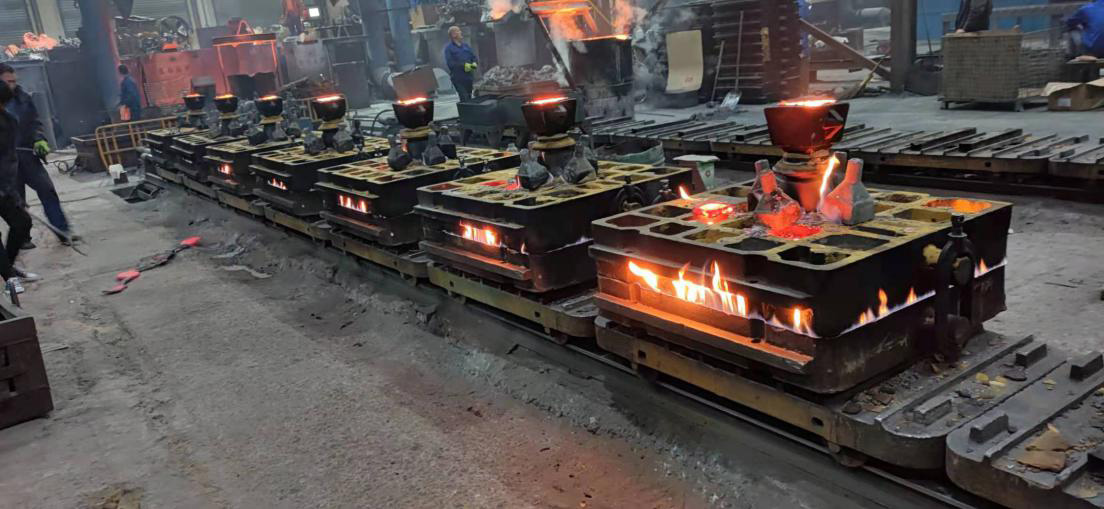The Art and Science of Sand Castings
Sand casting is a versatile and widely used manufacturing process that has stood the test of time. It involves creating complex metal components by pouring molten metal into a mold made of sand. This technique dates back thousands of years and remains integral to various industries today, including automotive, aerospace, and art.
The Process of Sand Casting
The sand casting process begins with the creation of a pattern, which is a replica of the final product to be produced. This pattern is typically made from materials like wood, metal, or plastic and is used to form the mold cavity. The pattern is placed in a frame called a flask, and sand mixed with a binding agent is packed around it to create the mold. Once the mold is formed, the pattern is removed, leaving behind a cavity that reflects the shape of the desired casting.
Afterward, the mold is prepared for pouring. This may involve creating cores for internal cavities or ensuring the mold is properly aligned. The metal—usually aluminum, iron, or bronze—is then melted in a furnace and poured into the mold cavity. As the metal fills the mold, it takes on the shape of the desired component. The cooling process is crucial, as it allows the metal to solidify and gain strength.
Once the metal has cooled sufficiently, the mold is broken away, revealing the cast component. The resulting piece often requires finishing processes, such as grinding, sandblasting, or machining, to achieve the desired surface quality and dimensions.
Advantages of Sand Casting
sand castings

One of the key advantages of sand casting is its ability to produce complex shapes that would be difficult or impossible to achieve with other methods. The flexibility of the sand mold allows for intricate designs, making it suitable for a broad range of applications. Additionally, sand casting is relatively cost-effective, especially for low to medium production runs. The materials used, primarily sand and binder, are inexpensive and readily available.
Moreover, sand casting can accommodate a wide variety of metals, which broadens its applicability in several industries. The process is not limited by the size or shape of the components being produced, allowing manufacturers to create everything from small intricate parts to large heavy machinery components.
Environmental Considerations
In recent years, environmental concerns have driven innovation within the sand casting industry. Modern techniques aim to reduce waste and promote sustainability. The use of reclaimed sand is becoming increasingly common, helping to minimize the environmental impact associated with raw material extraction. Additionally, advancements in technology, such as 3D printing of molds, enhance efficiency and reduce the need for traditional patterns, further minimizing waste.
Future of Sand Casting
As industries evolve, so too does the practice of sand casting. The integration of digital technologies, including computer-aided design (CAD) and simulation software, is transforming the way molds and patterns are created. These advancements not only improve accuracy but also streamline the entire casting process, making it faster and more efficient.
In conclusion, sand casting is a fundamental technique in manufacturing that combines art and science. Its ability to create detailed and complex components at a relatively low cost ensures its continued relevance in various sectors. As technology advances and sustainability becomes a priority, sand casting will undoubtedly adapt, maintaining its status as a vital process in the world of metal fabrication. Whether for industrial applications or artistic pursuits, sand casting will continue to be a crucial method of producing high-quality components for years to come.
Post time:දෙසැ. . 18, 2024 03:42
Next:sand casting mass production
